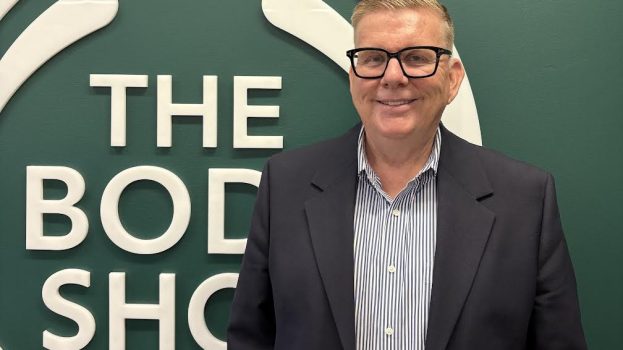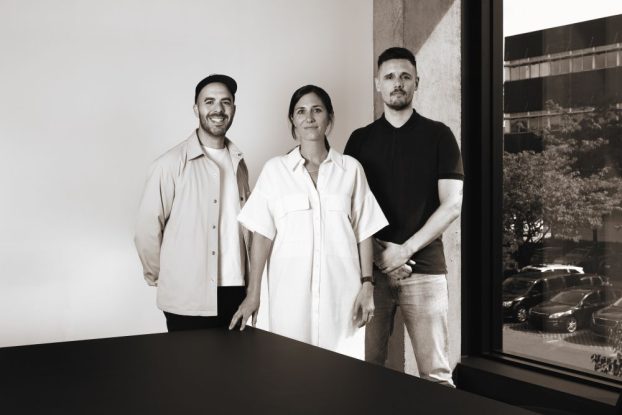By Will Fornuff and Max Valiquette
Even Don Draper had to admit to Pete Campbell that he was right about something: young people are a hot commodity for brands.
Marketers have long valued selling to a person with whom they could form a long-lasting relationship. Case in point: for the last 20 years, only one group has been the focus of youth marketers: Millennials. But lo and behold, marketers now seem keen to pass the torch to a younger generation. The clock might be ticking (or at least TikToking) for Millennials, who risk being supplanted by Gen Z.
For good youth marketers, the goal has always been an aspirational one. The best youth brands don’t feel as though they’re run by a group of dusty suits in a cubicle-stuffed Bay Street office. Great youth brands are entrenched in their consumers’ communities and inherently feel future-focused.
But the very meaning of “future” has recently been completely altered. The future feels like it’s on hold right now. As such, the life trajectories of the next generation have been thrown off by the pandemic. Not their goals, per se, but rather the belief that a forward movement towards a goal is inevitable.
So, the road to adulthood and the promise of the future is still the most important thing to a young person – even though it feels as if things are on pause right now. So how can youth brands still be a meaningful companion on a young person’s journey when that journey has temporarily ground to a halt?
The answer: community.
First, brands need to make sure they’re reaching their audience in the place they want to be reached and in a way that’s not forced. The size of the average household in Canada has drastically shrunk since the days of the Boomers; and young people are finding it increasingly difficult to connect with people of the same age who are on a similar journey.
Young people today are digital natives by default. You’d be hard pressed to find a Gen Y 20-something who can tell you what life was like with no internet, or a Gen Z teen without a smartphone whose ears have been scorched by a dial-up modem. So, naturally, these communities have moved online. It’s in these online communities that brands have the opportunity to live and thrive.
But what is especially critical in connecting with young people is their own context. COVID is flattening more than just the curve: it’s making all communications about COVID, above all else. Young people still need to hear that what they are specifically dealing with matters more than anything; there’s no success to be found in COVID-first messaging.
Engaging with young people within their communities to show that there is still a bright future is the answer for any brand. The world only spins forward. Brands that can remind young people of that in a meaningful, authentic way won’t just connect with them during COVID – they’ll matter to them as much after, too.
Will Fornuff and Max Valiquette are copywriter and chief strategy officer at Diamond Integrated Marketing.
Photo courtesy of Wyron A via Unsplash.
























